



Areas adjacent to the trail have been cleared to allow flora that prefer open sites to grow. Seeds of the more common plants that are found in forest locations not far from High Lodge have been introduced.
These clearings should not only be more floristic in summer, but should also entice bees, butterflies, moths and other insects seeking nectar to visit and perhaps create colonies in the ever-changing landscape of plants at High Lodge.
On smaller devices this table will horizontally scroll
| Latin Name | Common Name | Flowering Season |
|---|---|---|
| Common Knapweed | Centaurea nigra | June to September |
| Greater Knapweed | Centaurea acabiosa | June to September |
| Field Scabious | Knautia arvensis | July to September |
| Harebell | Campanula rotundifolia | July to November |
| Viper's Bugloss | Echium vulgare | May to September |
| Wild mignonette | Resedaceae lutea | June to September |
| Red Bartsia | Odontites verna | June to September |
| Lady's Bedstraw | Galium verum | June to September |
| Perforate St John's Wort | Hypericum perforatum | July to September |
| Wild Basil | Clinopodium vulgare | July to November |
| Wild Marjoram | Origanum vulgare | July to September |
It is expected that other plants will become established in the cleared ares, in addition to those deliberately sown.
On smaller devices this table will horizontally scroll
| Common Name | Scientific Latin Name | Height | Flowering Season | Comments | Picture |
|---|---|---|---|---|---|
| Common Knapweed | Centaurea nigra | up to 1 metre | June to September | Also called Black Knapweed attracts a large number of butterflies, day flying moths, bees, hoverflies and other insects. In autumn the seed heads are a favourite food of Goldfinches. Common Knapweed can be distinguished from thistles as it does not have spines and prickles. |
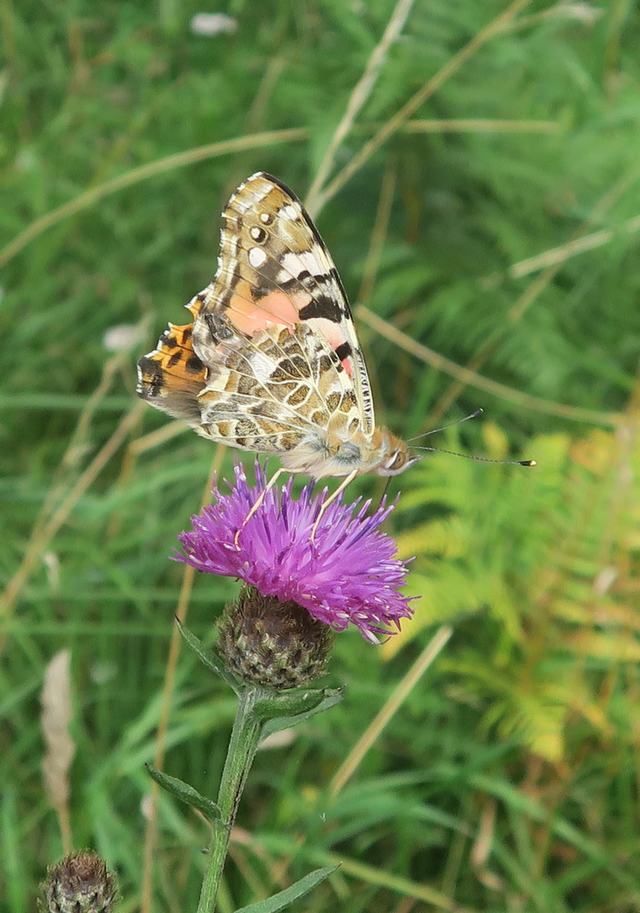
|
| Field Scabious | Knautia arvensis | 1 metre | July to September | Scabious is related to the teasel. ‘Scabious’ is derived from scabiosa herba and was used in the treatment of scabies and other skin complaints. It can flower in profusion in sunny clearings and is an important nectar plant for insects. |

|
| Greater Knapweed | Centaurea acabiosa | 1.5 metres | June to September | The purple-pink rayed flowers on Greater Knapweed are larger and showier than the Common Knapweed. Occasionally plants with white flowers may be found along the forest rides. Greater Knapweed attracts large numbers of insects in search of pollen and nectar. The various parts of the plant were used in herbal medicines as ointments to help the healing of wounds, and bruises and as a cure for sore throats and nose bleeds. |
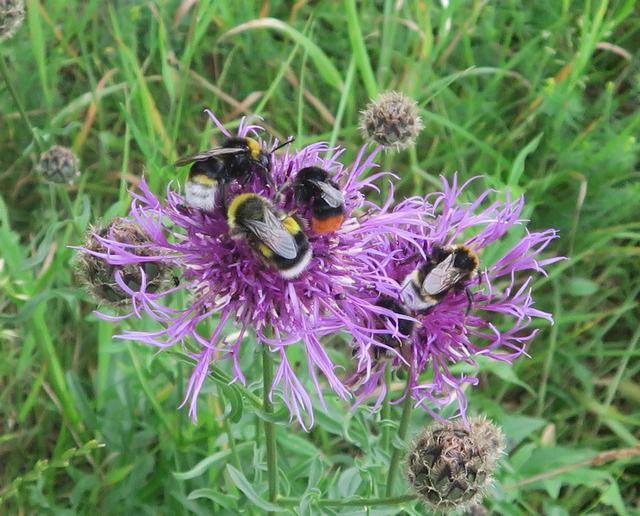
|
| Harebell | Campanula rotundifolia | 30 - 60cm | July to November | Also know as "Bluebells" in Scotland |
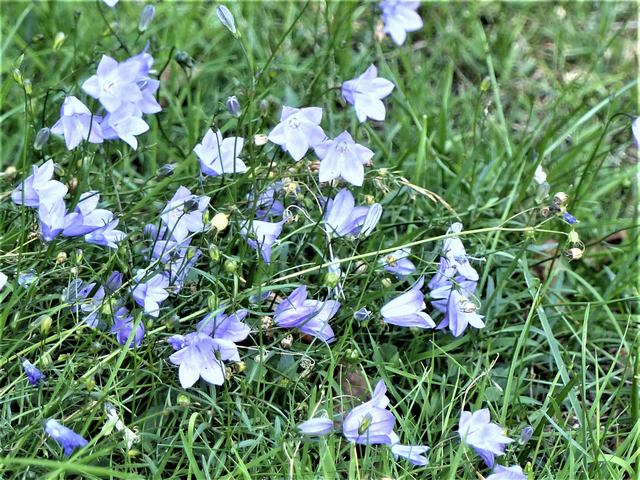
|
| Viper's Bugloss | Echium vulgare | 25 - 100 cm | May to September | Wherever Viper's bugloss blooms, there is a spectacular display of bright blue flowers that attract many butterflies, day-flying moths, bees and other insects. Another name for the plant is 'snake flower' as the bright blue flowers with long pink stamens are said to look like a snake with its tongue out. It was recommended as an antidote to a viper's bite. |
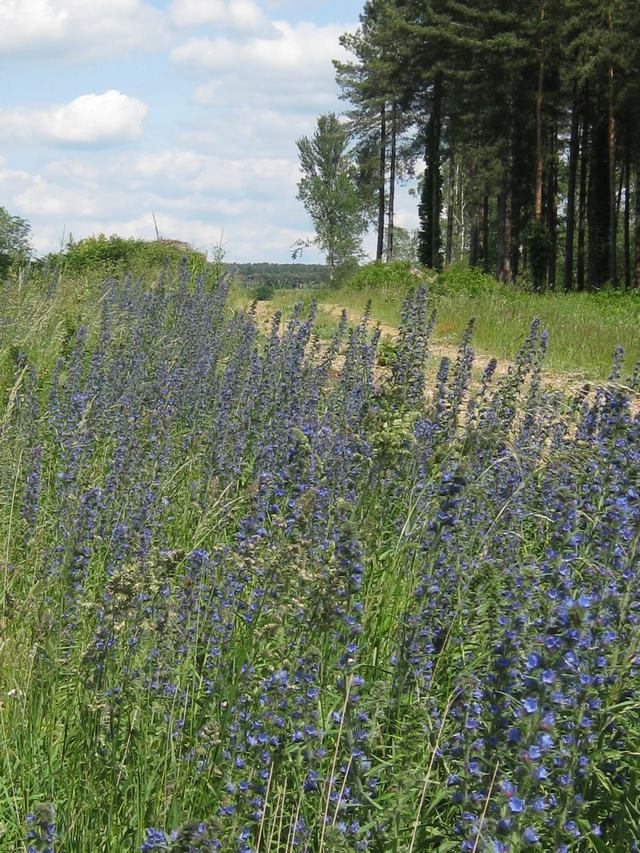
|
| Wild Mignonette | Resedaceae lutea | 25 - 60 cm | June to September | The pale yellow flower spikes of Wild Mignonette have a slight musky perfume but neither as strong or sweet as the garden variety. The roots of the plant can be used for dying cloths yellow. The Romans used parts of the plant as a sedative and to treat bruises. The name comes from the French for 'dainty'. |
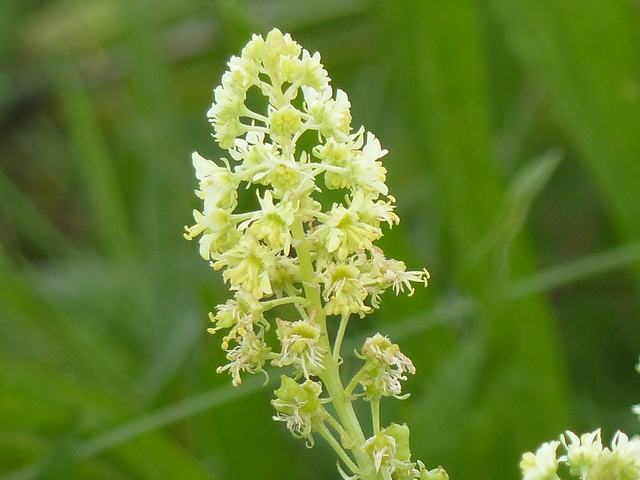
|
| Red Bartsia | Odontites verna | 15 - 30 cm | June to September | Red Bartsia is a member of the parasitic Broomrape family. The plant lives on the roots of grasses and helps in suppressing their vigorous growth so allowing space for other wild flowers to flourish. |
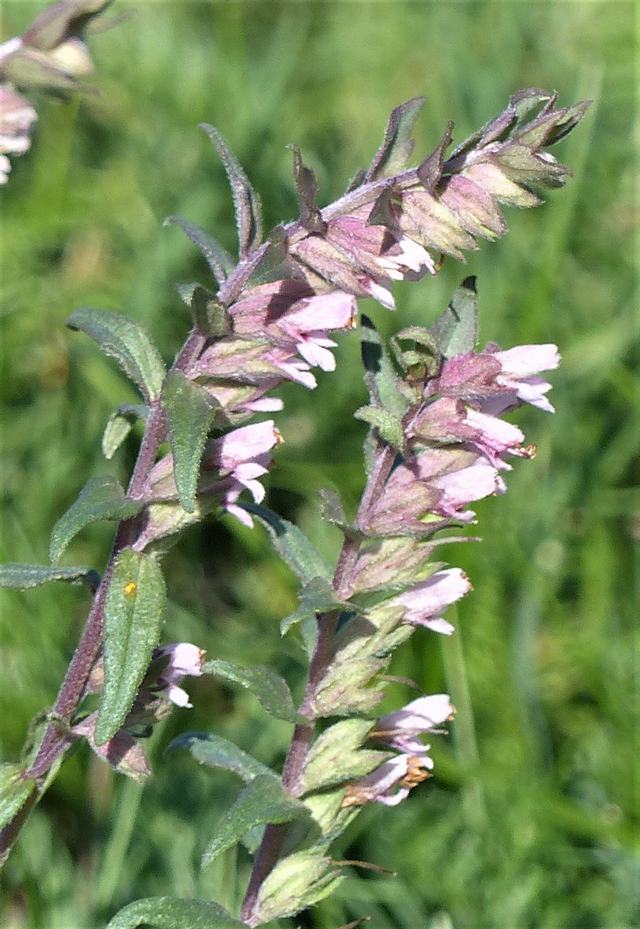
|
| Lady's Bedstraw | Galium verum | 25 cm | June to September | The yellow flowers of Lady's Bedstraw smells of honey and was used when stuffing straw mattresses to keep the bed sweet. The plant has been used in the past as a substitute for rennet in cheese making. |

|
| Perforate St John's Wort | Hypericum perforatum | 20 - 60 cm | July to September | There are several species of St John's Wort growing in the forest, including the Perforate. All have bright yellow flowers surrounding a multitude of stamens looking like a summer sun. The common name "St John's wort" comes from its traditional flowering and harvesting on St John's Day, 24 June for use in herbal medicines. |
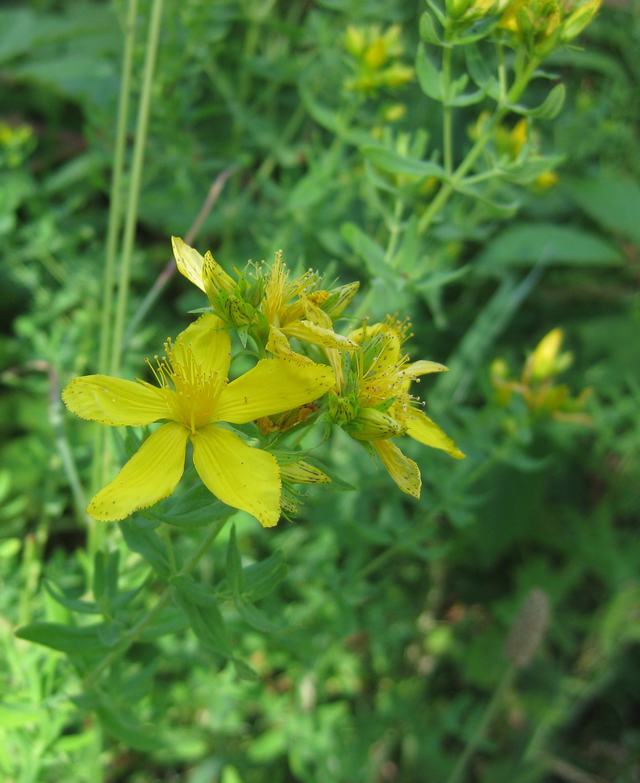
|
| Wild Basil | Clinopodium vulgare | 30cm | July to November | Wild basil is a pretty plant with whorls of pink, sweetly smelling flowers that attract the bees and other insects. Wild basil is a member of the mint family and is not the herb generally used in cookery. The ingredient of many a meal is Sweet basil (Ocimum basilicum) which is too tender to grow wild in Britain. However the leaves of Wild basil, fresh or dried, can be used as herbal tea. Brown and yellow dyes can be made from the roots. |
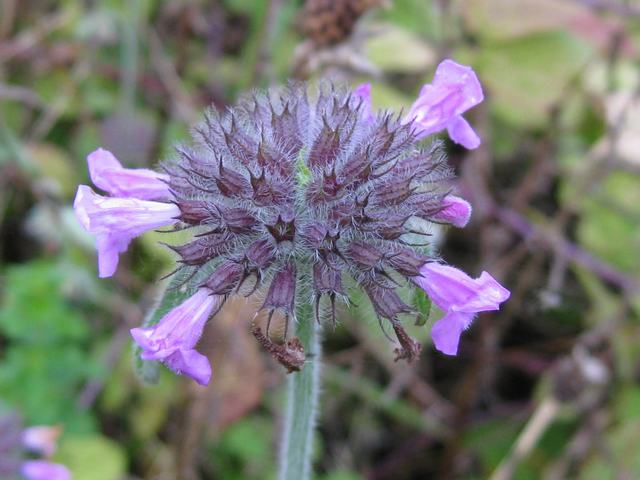
|
| Wild Marjoram | Origanum vulgare | 60cm | July to September | Wild Marjoram is the British cousin of oregano, the Mediterranean herb added to so many pasta dishes. The flavour of wild marjoram is not strong, but is safe to eat. The sweetly scented purple flowers attract butterflies and other insects. |
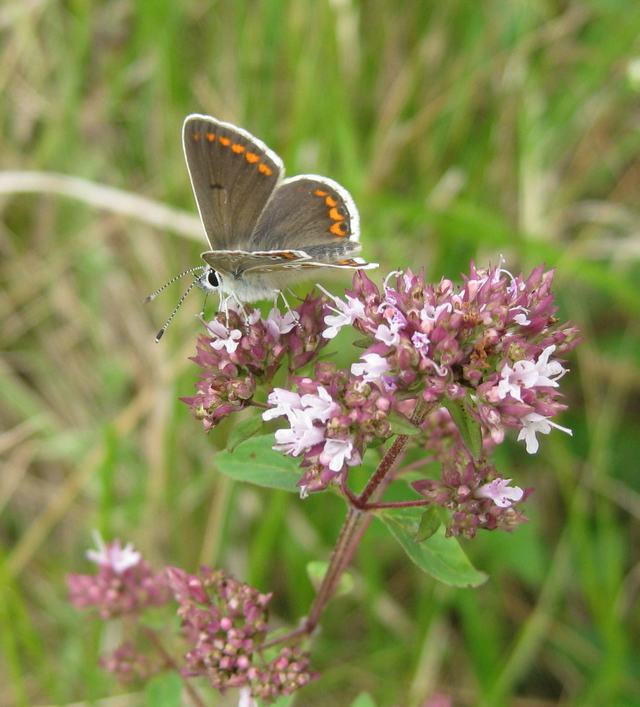
|